Life in the 1980s meant developing a zen-like acceptance of mechanical failure as an inevitable part of daily existence. We lived in an era where things were built to work most of the time, but nobody expected perfection from their possessions—and somehow, that made us more patient and resourceful than we probably are today. Every household developed emergency protocols for when technology inevitably betrayed us, and we became amateur repair specialists out of pure necessity rather than hobby interest.
1. Cassette Tapes Eating Themselves Alive
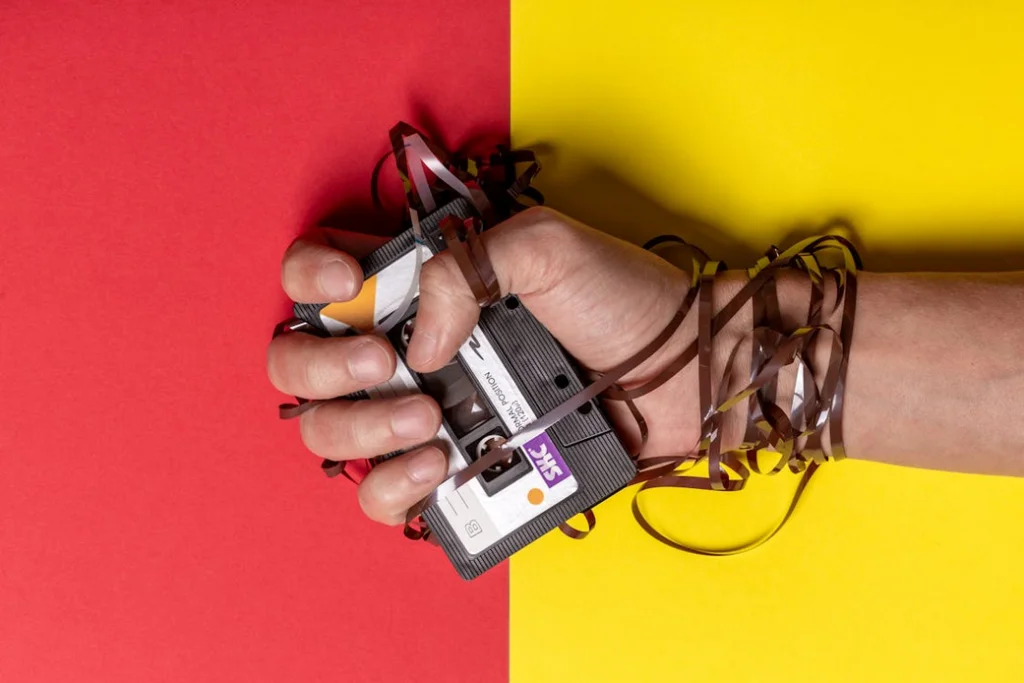
Every music lover learned to recognize the sickening sound of a cassette tape unspooling inside the player, turning your favorite album into a tangled mess of magnetic ribbon that looked like electronic spaghetti. The tape-eating phenomenon struck without warning, usually during the most crucial moments—like when you were recording that perfect song off the radio or trying to impress someone with your carefully curated mixtape. You’d open the cassette deck to find yards of tape wrapped around every mechanical component like some kind of audio crime scene. Should this issue arise today, Instructables has a guide on how to untangle the reels.
The rescue operation required patience, steady hands, and often a pencil to manually rewind the salvageable portions back into the cassette housing. Sometimes you could save the tape through careful surgery and strategic splicing, but more often than not, you’d lose your favorite songs to the mechanical appetite of hungry tape players. We learned to keep backup copies of our most treasured music and developed superstitious rituals around tape care, treating our cassettes like fragile artifacts that might self-destruct at any moment.
2. VCR Clocks Forever Blinking 12:00
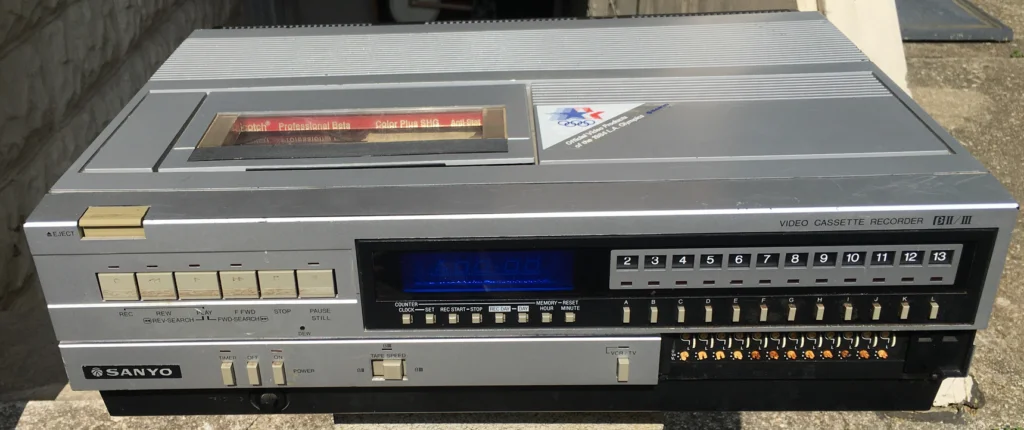
The VCR clock became the universal symbol of technological defeat, its persistent blinking serving as a constant reminder that some battles simply weren’t worth fighting. Power outages would reset the clock, and rather than wrestle with incomprehensible instruction manuals written by engineers who apparently spoke a different dialect of English, most families just accepted the eternal 12:00 as their new normal. The blinking became background noise in living rooms across America, like a digital heartbeat that nobody really heard anymore. EverPresent has a history of the VCR, along with how it has changed to become the clock-wielding devices we came to love and resent.
Programming the VCR to record shows required advanced degrees in both engineering and fortune-telling, as you had to correctly predict which channel would be broadcasting what at exactly what time several days in the future. Families developed elaborate systems involving multiple instruction manuals, sticky notes, and prayer circles, but still somehow managed to record three hours of static instead of that movie everyone wanted to see. The few people who actually mastered VCR programming became neighborhood celebrities, called upon to perform technological miracles for the mechanically challenged masses.
3. Typewriter Ribbon Running Out Mid-Sentence
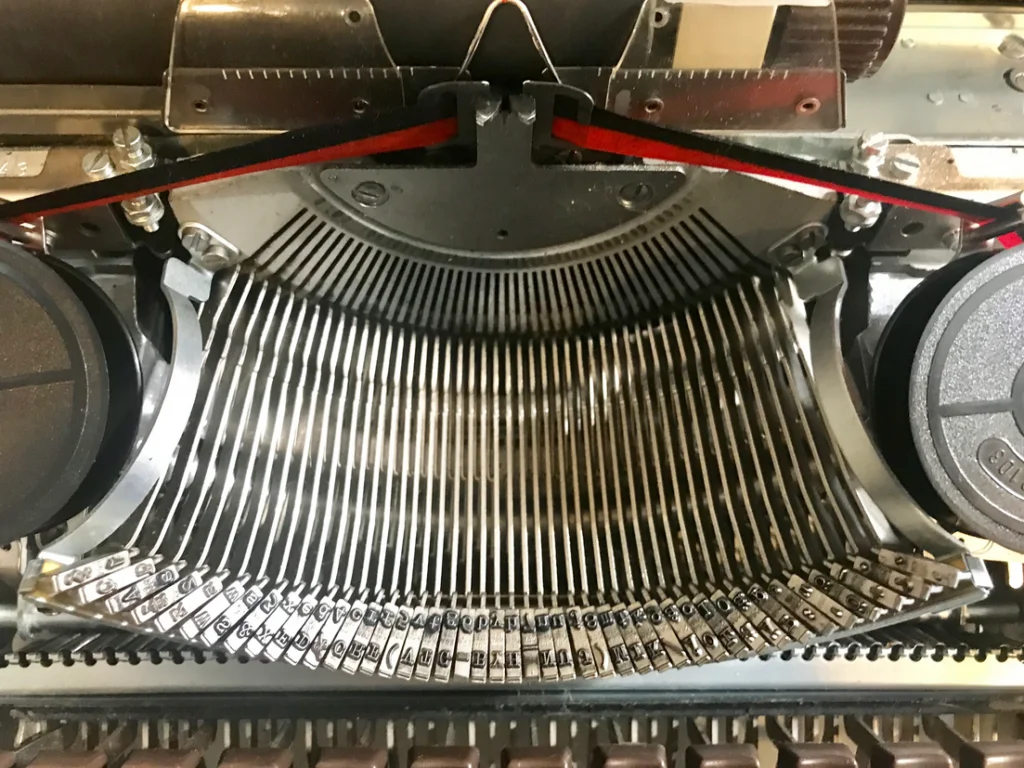
The typewriter ribbon would choose the most inconvenient moments to fade away, leaving your important documents looking like they were typed by invisible ghosts with very weak voices. You’d be racing to finish a school paper or work report when suddenly the letters became progressively lighter, creating a dramatic fade-out effect that turned professional documents into abstract art projects. The ribbon never died all at once—it would tease you with intermittent darkness, making you wonder if you could squeeze out just a few more pages before complete failure. Instructables has a guide to untangle typewriter ribbon and get back to notating.
Changing the ribbon was a messy archaeological expedition that left your fingers stained black and your patience thoroughly tested by springs, spools, and threading mechanisms that seemed designed by people who enjoyed watching others suffer. Every office and household kept spare ribbons like emergency medical supplies, knowing that typewriter ribbon failure was not a matter of if, but when. The smart typists learned to recognize the early warning signs of ribbon fatigue and would perform preemptive replacements to avoid mid-project disasters.
4. Phone Cords Developing Terminal Tangles
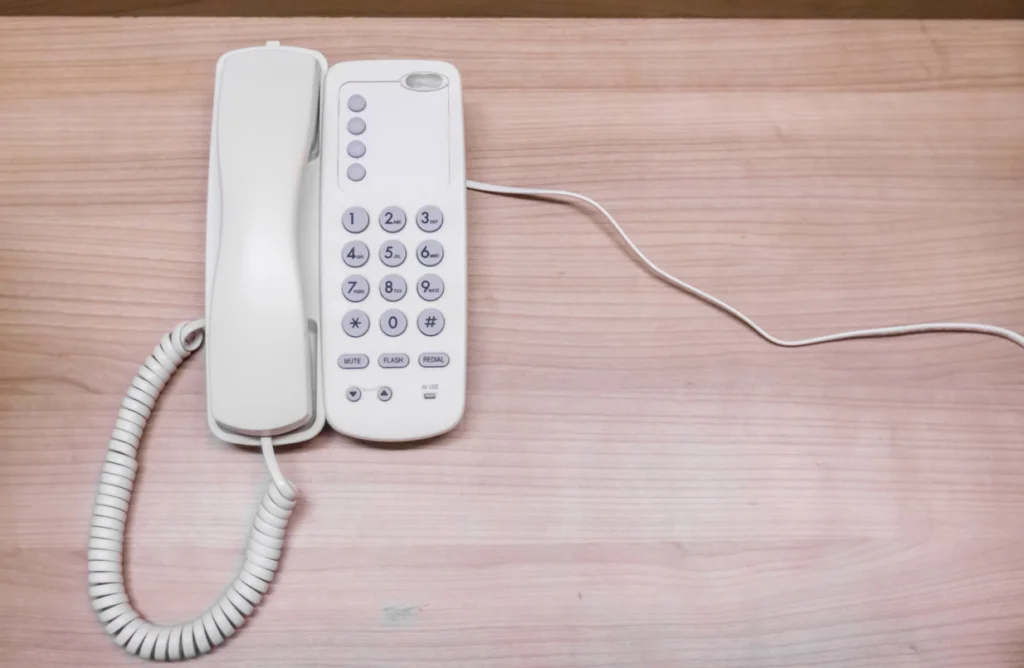
Telephone cords possessed a mysterious ability to transform themselves into sculptural knots that defied physics and challenged human patience in ways that modern wireless technology can’t replicate. The curly cord would gradually tighten and twist until it resembled a DNA helix designed by someone with serious psychological issues, making phone conversations feel like wrestling matches with invisible opponents. Every family developed techniques for detangling phone cords, from the gentle stretch-and-release method to the more aggressive spin-the-entire-phone-like-a-lasso approach.
The worst tangles occurred during important phone calls, when nervous energy would cause people to unconsciously twist and wind the cord around their fingers until circulation became questionable. Emergency detangling sessions happened while trying to maintain conversations, leading to elaborate explanations about why you suddenly sounded breathless and distracted during serious discussions. Some households gave up entirely and just learned to live with permanently twisted phone cords that had achieved artistic levels of complexity.
5. Polaroid Pictures Coming Out Wrong

Polaroid cameras promised instant gratification but delivered disappointment with remarkable consistency, producing photos that were either too dark, too light, completely blank, or decorated with mysterious streaks and spots that turned family memories into abstract art. The film was expensive enough that every failed shot felt like burning money, but the unpredictability was part of the Polaroid experience that we grudgingly accepted. You’d shake the developing picture with religious fervor, hoping that proper agitation might somehow improve the chemical process that was clearly beyond human control.
The most heartbreaking failures happened during irreplaceable moments—birthday parties, graduations, family gatherings—when the camera would produce perfectly blank squares that captured absolutely nothing except your own disappointment. Everyone became amateur photo diagnostics experts, analyzing failed Polaroids to determine whether the problem was expired film, wrong lighting, user error, or just the general cantankerous nature of instant photography. Despite the failures, we kept buying film and believing that the next shot would be perfect, making Polaroid cameras the ultimate example of triumph of hope over experience.
6. Car Radio Antennas Refusing to Extend or Retract
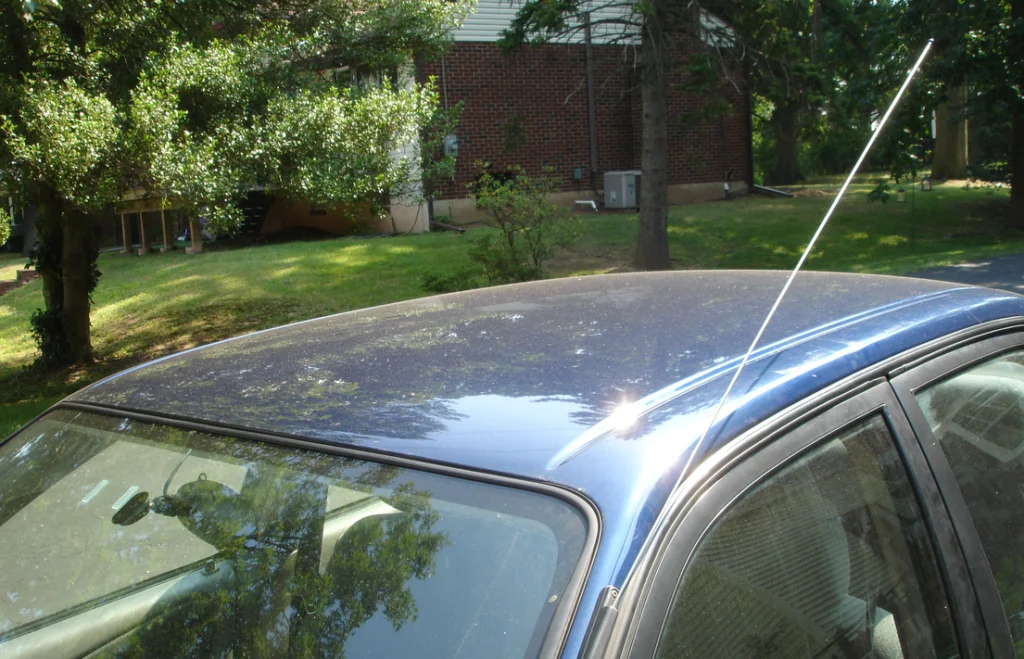
Car antennas developed personalities and personal grudges, choosing random moments to either refuse to extend when you wanted music or stick stubbornly upright when you needed to fit into low parking garages. The motorized versions would make concerning grinding noises before giving up entirely, leaving you with half-extended antennas that looked like your car was making obscene gestures at passing traffic. Manual antennas required physical wrestling matches that left you sweaty and frustrated while your passengers offered unhelpful advice from the safety of their seats.
Winter weather turned antenna problems into epic battles between human determination and frozen mechanical components that had apparently decided to hibernate until spring. You’d spend ten minutes in sub-zero temperatures trying to coax a stubborn antenna into submission while your car warmed up and your family questioned your priorities. The worst part was that broken antennas rarely affected radio reception as much as you’d expect, making you wonder why you’d spent so much time and emotional energy fighting with them in the first place.
7. Umbrellas Inverting at the First Sign of Real Weather
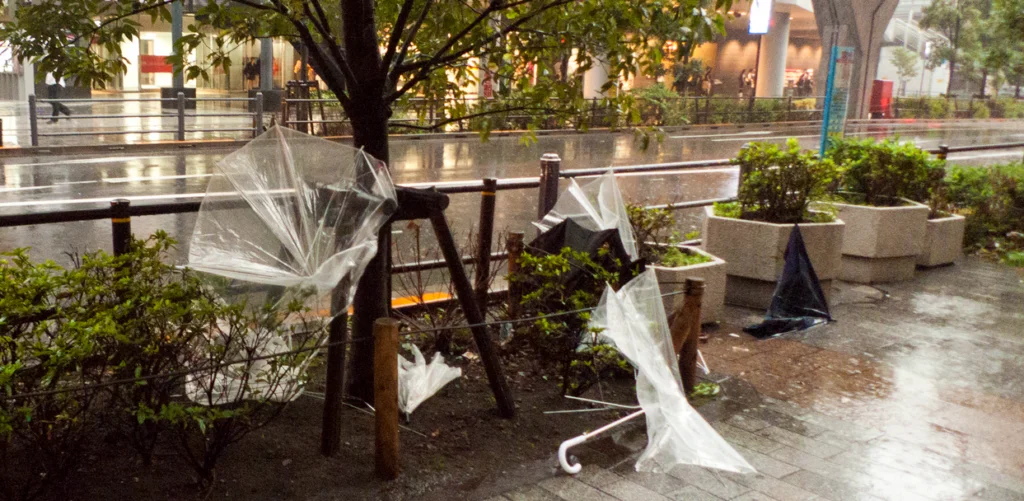
Umbrellas were fair-weather friends that abandoned you the moment you actually needed them, turning inside-out at the first gust of wind and transforming from protective shields into useless fabric sculptures that caught rain like bowls. The inversion happened so quickly that you’d find yourself holding what looked like a decorative flower made of wet nylon while rain soaked through your supposedly waterproof jacket. Every umbrella owner learned the futile art of trying to flip inverted umbrellas back to their original configuration while walking through storms.
The really cheap umbrellas would simply surrender completely, with ribs snapping and fabric tearing until you were left carrying the skeletal remains of what was once a functional weather protection device. We developed realistic expectations about umbrella longevity, treating them as disposable items rather than long-term investments and keeping spare umbrellas in cars, offices, and coat closets. The umbrella industry seemed to operate on the assumption that customers expected failure, designing products that looked sturdy enough to justify the purchase price but flimsy enough to guarantee repeat business.
8. Alarm Clocks Randomly Deciding Not to Wake You Up

Digital alarm clocks developed selective hearing disorders, sometimes working perfectly for months before inexplicably deciding that today was not a day worth waking up for, leaving you to discover their betrayal through oversleeping disasters. The clock would sit there displaying the correct time with apparent innocence while you frantically tried to determine whether you’d forgotten to set the alarm, set it for PM instead of AM, or if the clock had simply chosen this particular morning to retire from alarm duty. The mystery was rarely solved, leaving you with permanent trust issues and backup alarm systems that turned bedrooms into mission control centers.
Power outages created additional alarm clock anxiety, as even brief electrical hiccups could reset clocks and cancel alarms without providing any obvious evidence of their sabotage. Every household developed elaborate redundancy systems involving multiple alarm clocks, wind-up backups, and family members assigned to wake each other in case of electronic failure. The paranoia was justified often enough that most people never fully trusted their alarm clocks, approaching sleep with the low-level anxiety of people who knew their wake-up system might abandon them when they needed it most.
9. Pens Running Out of Ink Mid-Signature

Ballpoint pens possessed an uncanny ability to run completely dry at the worst possible moments, usually when you were signing important documents or trying to finish timed tests that couldn’t wait for pen replacement surgery. The ink would flow perfectly until that crucial moment when you absolutely needed it to work, then suddenly disappear as if the pen had developed performance anxiety about high-pressure situations. You’d scribble frantically on scrap paper trying to restart the ink flow while valuable time ticked away and your signature turned into illegible scratches.
Every office and household maintained emergency pen collections because single pen reliability was essentially a myth that optimistic people believed despite overwhelming evidence to the contrary. The really frustrating pens would work intermittently, producing a few words before going dry again, creating documents that looked like they were written by someone with a serious stuttering problem. We learned to test pens before important tasks and developed backup systems that involved carrying multiple writing instruments like we were preparing for pen warfare.
10. Automatic Car Windows Getting Stuck Halfway
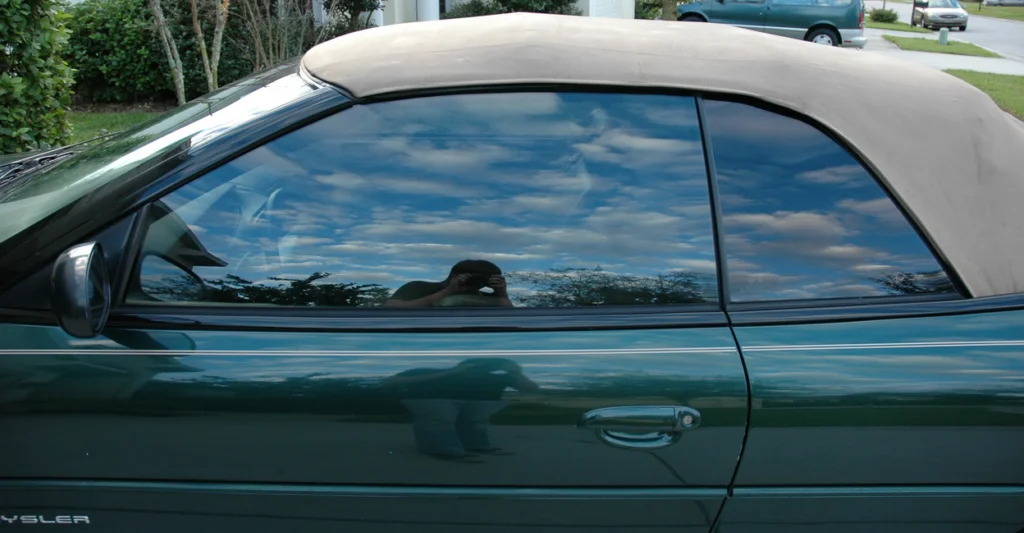
Power windows would choose the most inconvenient moments to freeze in half-open positions, usually during rainstorms, snowstorms, or when you were trying to use drive-through services that required precise window positioning for transaction completion. The motor would make increasingly angry noises before giving up entirely, leaving you with a window that was neither fully open nor completely closed but perfectly positioned to let in maximum weather while providing minimum protection. Manual attempts to force stuck windows usually resulted in scratched glass and wounded dignity rather than actual window movement.
The worst failures happened during extreme weather when a stuck window transformed your car interior into a meteorological experiment in moisture control and temperature regulation. You’d drive through winter storms with plastic bags taped over half-open windows while the heater worked overtime to compensate for the permanent ventilation system that nobody had requested. Summer brought different challenges as stuck windows turned cars into mobile greenhouses where air conditioning became a battle between mechanical cooling and uncontrollable natural ventilation.
11. Zippers Deciding to Part Ways with Their Tracks
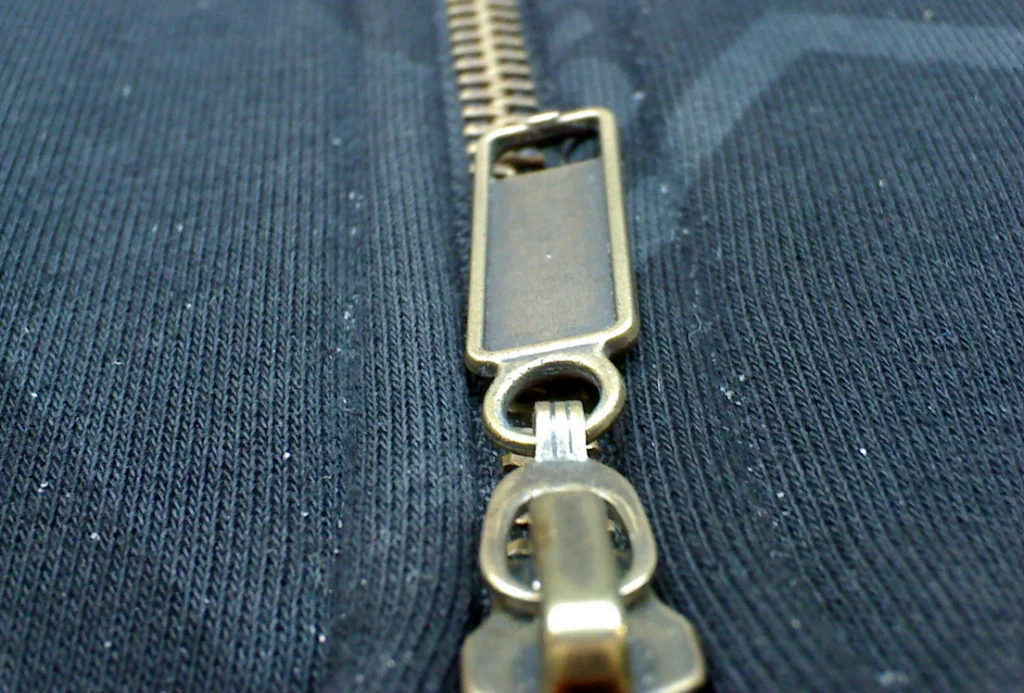
Zippers would choose critical moments to experience catastrophic separation anxiety, splitting apart in the middle of important events when wardrobe malfunctions could cause maximum embarrassment and social trauma. The zipper would work perfectly fine until you were dressed and ready to leave, then suddenly decide that the two sides of the track were incompatible and refuse to maintain their connection no matter how much coaxing, pulling, or creative profanity you applied. Emergency zipper repair became a life skill that everyone needed to master, involving safety pins, tape, and strategic clothing arrangements that could hide the evidence of zipper rebellion.
The really treacherous zippers would fail gradually, working fine at the bottom but refusing to close completely at the top, creating gaps that were too small to ignore but too large to camouflage with clever styling tricks. Winter coats with broken zippers turned cold weather into survival challenges where you had to choose between proper warmth and the ability to move your arms freely. Everyone learned to keep spare safety pins and developed emergency fashion strategies for when zippers decided to go on strike during important events.
12. Rubber Bands Snapping at Maximum Tension

Rubber bands lived double lives as helpful office supplies and potential weapons, working reliably for mundane tasks before suddenly snapping during high-stakes situations when you really needed them to hold things together. The breaking point was impossible to predict, as rubber bands that looked perfectly healthy would suddenly surrender under pressure that seemed well within their capabilities, launching whatever they were holding across rooms with surprising velocity. Every office worker learned to duck when colleagues were wrestling with rubber bands under tension.
The really dangerous rubber band failures happened when you were using them for creative purposes that pushed their design limitations, like building rubber band-powered contraptions or trying to bundle items that were clearly too large for single-band containment. The snap would happen without warning, often hitting you in the face with the kind of stinging accuracy that made you wonder if rubber bands were secretly sentient and harboring grudges against humans. Smart people learned to wear safety glasses when working with rubber bands under extreme tension, treating them with the respect usually reserved for actual dangerous tools.
13. Extension Cords Developing Internal Breaks
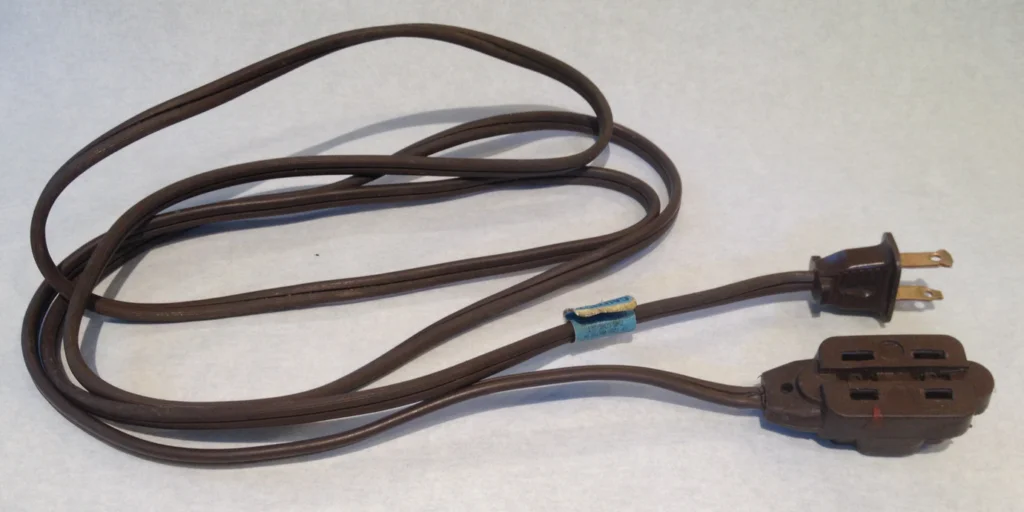
Extension cords would develop invisible internal injuries that turned electrical connections into frustrating exercises in detective work and patience, as power would flow intermittently depending on how you positioned, bent, or held the cord. The break usually occurred at stress points near plugs or in sections that had been repeatedly coiled and uncoiled, but the exact location remained mysterious until you spent considerable time manipulating the cord like a divining rod searching for electrical continuity. The intermittent connection would tease you with moments of proper function before cutting out again just when you thought the problem was solved.
The diagnostic process involved systematically bending every inch of the cord while monitoring whatever device was plugged in, creating elaborate dances where you’d hold specific positions that maintained electrical flow while trying to accomplish actual work. Some extension cords required constant supervision, working only when held at precise angles that turned simple electrical tasks into yoga poses that challenged both your flexibility and your patience. Everyone learned to keep spare extension cords and developed philosophical acceptance that electrical continuity was more of a hopeful suggestion than a reliable guarantee.
Those constant mechanical failures taught us patience, resourcefulness, and the art of working around problems rather than expecting perfection from our possessions. We developed backup plans for our backup plans and learned to find humor in the predictable unpredictability of everyday technology. Maybe we were more resilient back then because we had to be, building our expectations around the certainty that something would break, jam, or snap just when we needed it most—and somehow, we always found ways to keep going anyway.


